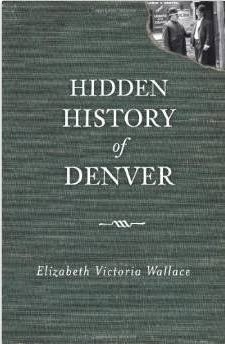 Royal Tunbridge Wells
Royal Tunbridge Wells
Henrietta Maria was only 15 years old when she arrived from France to marry Charles I, King of England. As she kneeled before him, it was said she uttered the words,”Sir, I have come to this country for your Majesty to use and command.” A cold and distant relationship followed for several years but they eventually learned to love each other and produced 9 children. Their love endured, despite opposition in court, until Charles was tried for treason and lost his head at the Tower of London.
As Charles and Henrietta’s love grew an understanding and respect for each other developed outside of the obligations to their respective countries. Their happiness was sealed when Henrietta knew she was expecting her first baby. Unfortunately, the baby was born prematurely and did not survive. She was devastated at the loss of her baby and decided to recuperate in the beautiful countryside of Kent, taking solace at the spa that had been discovered 20 years earlier by Lord North.
After the loss of her first baby in 1629, Henrietta and her entourage decided to visit the spring in an attempt to help restore the Queen’s health and spirits. It had been over 20 years since the discovery by North, but there were no buildings or any permanent structures on the site. Henrietta’s group erected tents and planned to camp there for six weeks to take solace in the waters, but her health improved so quickly that she felt the need to see her beloved king. She cut her convalescence short and left “suddenly by great journeys” to Oatlands where King Charles was waiting. Their reunion was rewarded with Charles II who was often reminded when he was older, “Remember you are the fruit of our love.”
As Henrietta and Charles’ love grew, so did her influence over him. She wielded it often for her benefit and that of her consorts, but she also began advising the king on matters of state. Many in court felt that she flaunted her Catholic teachings and insisted on having huge numbers of courtiers being favored by the king and members of parliament.
After many turbulent years, the religious and economic situation worsened in England, providing a fertile ground for civil war. Charles believed in the ultimate rule of the monarch and often clashed with Parliament by taking advice from Henrietta that was ill advised. The climax came in 1648 when Charles tried to have five members of Parliament arrested because they opposed his rule. He was put on trial for treason, found guilty and sentenced to death. Henrietta fought desperately to save his life but it was in vain. He was beheaded on January 30, 1649, and it is said he wore two shirts on that faithful day so the people who witnessed his execution would not see his body tremble. It is also reputed that the last thing he said was “remember.”
An extract from Extraordinary Places…Close to London












































